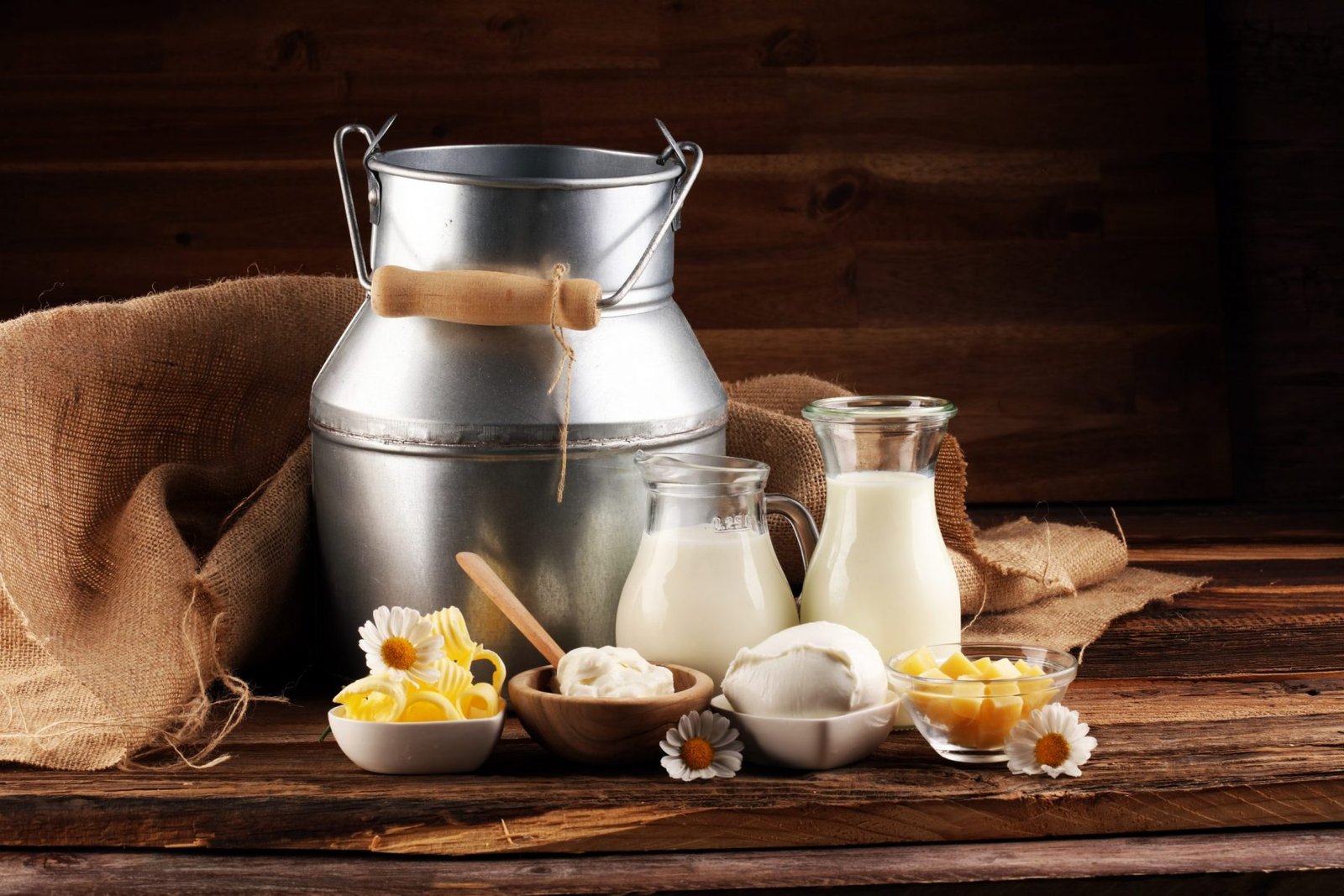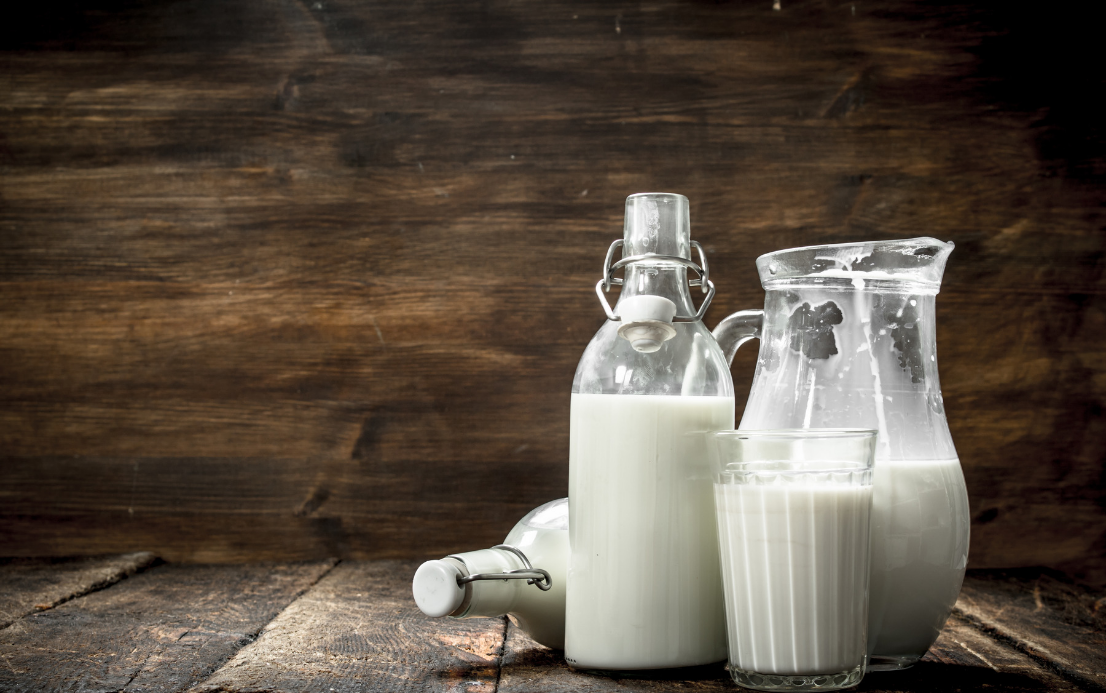Milk Borne Diseases – This book covers the entire syllabus of “Nutrition and Dietetics” prescribed by BNMC-for all Diploma in Nursing Science and Midwifery students. We tried to accommodate latest information and topics. This book is examination friendly setup according to the teachers’ lectures and examination’s questions. At the end of the book previous university questions are given. We hope in touch with the book students’ knowledge will be upgraded and flourished. The unique way of presentation may make your reading of the book a pleasurable experience.

Milk Borne Diseases
Classification of milk borne disease:
A joint FAO/WHO Expert Committee (1970) on milk hygiene classified milk borne diseases as under:
A. Infections of animals that can be transmitted to man:
a) Primary importance:
- Tuberculosis.
- Brucellosis.
- Streptococcal infections.
- Staphylococcal enterotoxin poisoning
- Salmonellosis.
- Q fever.
b) Lesser importance:
- Cow-pox.
- Foot and mouth disease.
- Anthrax.
- Leptospirosis.
- Tick-borne encephalitis.

B. Infections primary to man that can be transmitted through milk
a) Typhoid and paratyphoid fevers.
b) Shigellosis.
e) Cholera.
d) Enteropathogenic Escherichia coli (EEC).
C. Non-diarrhoeal diseases:
a) Streptococcal infections.
b) Staphylococcal food poisoning.
- Tuberculosis.
- Entero viruses.
- Viral hepatitis.
(Ref: K. Park/26/699)
Sources of milk infection:
1. The dairy animal.
2. Human handler.
3. The environment e.g. contaminated vessels, polluted water, flies, dust etc.
(Ref K. Park/26/655)

The common methods of preservation of milk are:
1. Boiling.
2. Sterilization.
3. Pasteurization.
4. Drying or Desiccation.
5. Condensing.
6. Chemicals.
(Ref: K. Park/26/655)
Read more:
